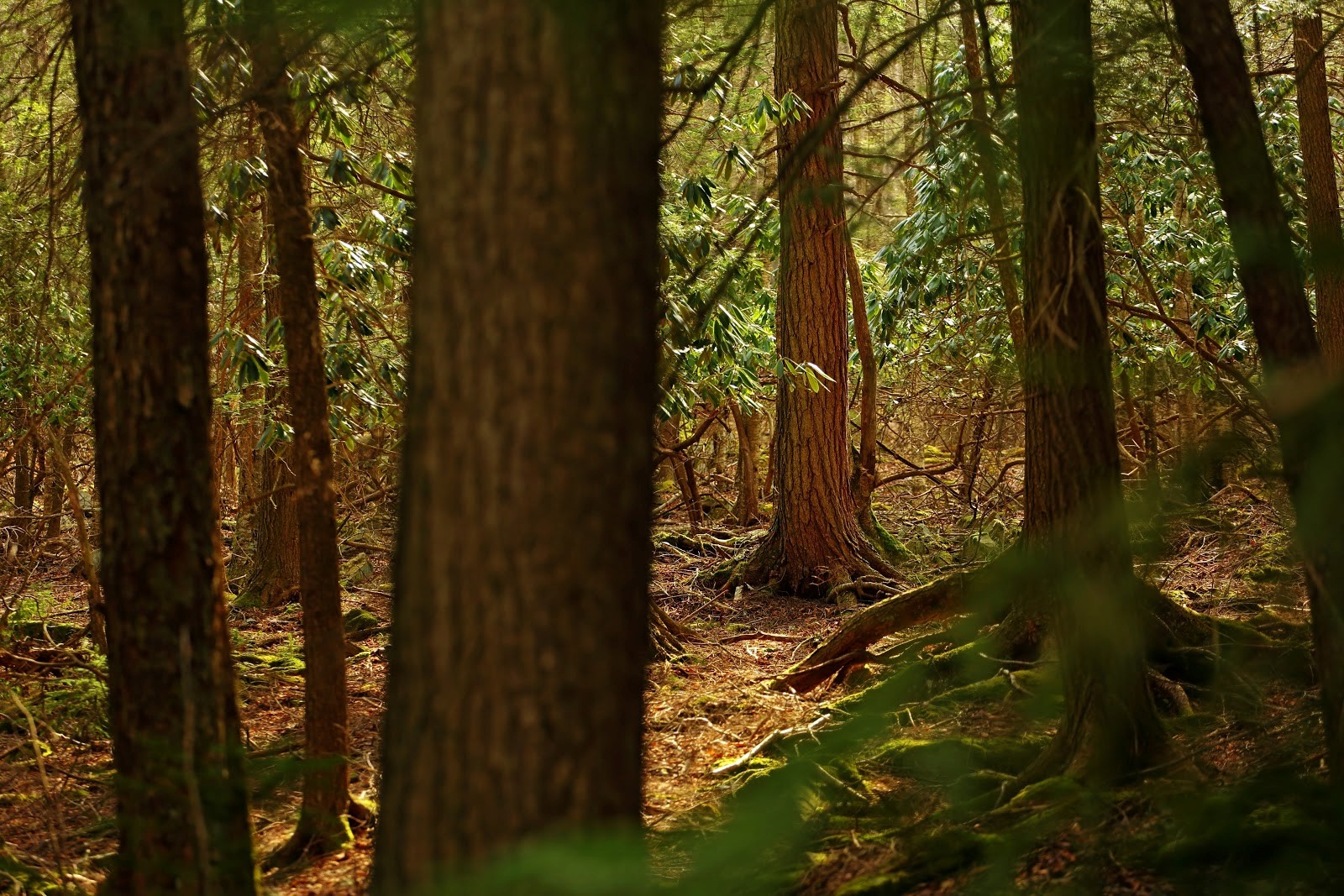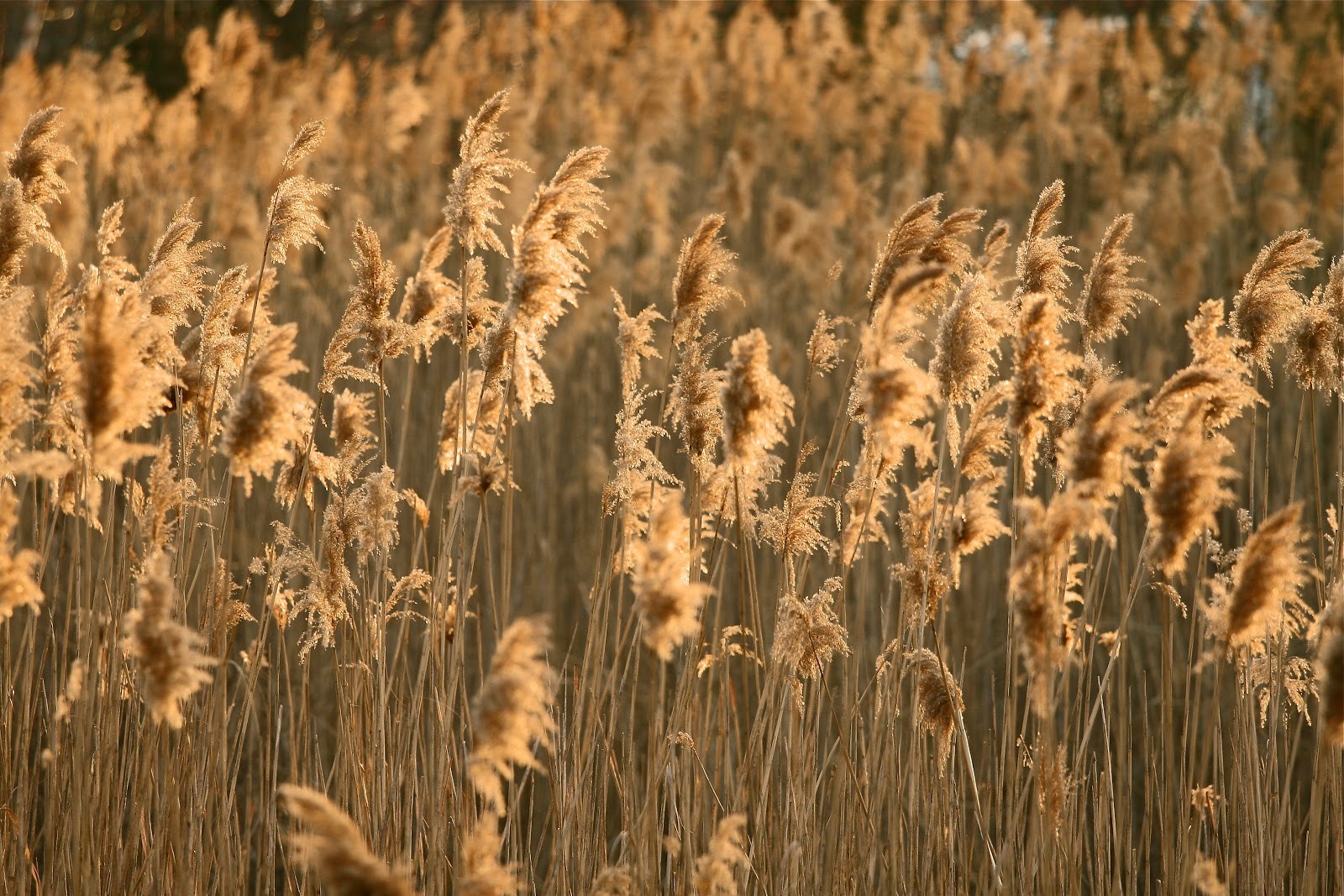
 Department of Conservation and Recreation
Department of Conservation and Recreation
Conserve. Protect. Enjoy.
 Department of Conservation and Recreation
Department of Conservation and Recreation
By Guest AuthorPosted April 15, 2020
 Virginia’s natural landscapes are threatened by more than 100 invasive species that can crowd out native plants and animals.
Virginia’s natural landscapes are threatened by more than 100 invasive species that can crowd out native plants and animals.
Unfortunately, Virginia’s native environment is threatened by invasive species of plants, animals and insects. Thankfully, the Virginia Department of Conservation’s Natural Heritage Program and the Virginia Native Plant Society have been working together to assess the potential risks that come from these non-native interlopers. Together they have documented more than 100 species that can damage parks, agriculture areas and shorelands.
Kevin Heffernan, a stewardship biologist with the Virginia DCR Division of Natural Heritage, defines invasive species as those that have been introduced by human activity into a region in which they did not evolve and that cause ecological or economic harm or harm to humans. These introductions can happen intentionally or unintentionally. No matter how the invasive species arrive, the damages can be significant.
Biologists studying invasive species across the United States estimate they cause $120 billion in annual economic losses. The list of damages includes lost crops, devastated timberlands, diseased plants, and expensive management and removal costs. Some invasives can be poisonous to livestock and cause human illnesses. In Virginia alone, these costs may reach $1 billion annually.
It’s the responsibility of the Virginia DCR to “conserve, protect, enhance and advocate wise use of the commonwealth’s unique natural, historical, recreational, scenic and cultural resources.” The efforts of DCR have slowed the spread of invasive species, limited damage, and created outreach programs to inform key audiences about the threat.
The comprehensive Virginia Invasive Species Management Plan (PDF) addresses all forms of invasive species, from plants and microbes to mammals, amphibians and aquatics. The plan’s purpose, “provides a framework for state agency action to minimize economic, environmental and human harm from invasive species by acting on the seven goals of coordination, prevention, early detection, rapid response, control, research and education.”
 Invasive plant species can change the landscape by making it harder for native species to thrive.
Invasive plant species can change the landscape by making it harder for native species to thrive.
The emerald ash borer has spread across the Midwest and is now damaging ash trees in Virginia. “The emerald ash borer is having a huge impact on forestry and lumber industry,” Heffernan says. “The borer is spreading across Virginia and wiping out all our ash trees, whether they're in the forest or in someone's yard or on our streets as shade trees. The insects kill the trees, and we have to take them down.” (Learn how to quarantine firewood against these pests here.)
Thirty years ago, an old-growth stand of eastern hemlock trees attracted visitors to the Shenandoah National Park. Today, in a part of the park called Limberlost, the majority of those majestic hemlocks are dead. A tiny insect called the hemlock woolly adelgid, which resembles an aphid, is responsible. It feeds on the tree’s sap, and the insect’s presence eventually kills the tree. A decline in the hemlock forest disrupts the mix of forest plants and can lead to other detrimental issues like erosion. While Virginia’s conservation experts have some tools to manage the spread of the hemlock woolly adelgid, the likelihood of losing the state’s hemlock trees remains significant. (Learn about a study being done to fight these pests here.)
It’s not just animals that can do significant damage. Invasive plants like wavyleaf grass (PDF) can cause substantial changes to Virginia ecosystems. While the grass may sound benign, it creates an almost impenetrable carpet on the forest floor, preventing the growth of tree seedlings and native plants.
The plant’s sticky seeds hitchhike on animals, birds, and even hiker’s boots and spread to new areas of the state. Discovered in the Shenandoah National Park, wavyleaf grass has been found in more than 50 locations and infesting thousands of acres around Northern Virginia and on the Appalachian Trail.
 Non-native phragmites, which can grow up to 15 feet tall, can cause damage to Virginia’s wetlands and coastal landscape.
Non-native phragmites, which can grow up to 15 feet tall, can cause damage to Virginia’s wetlands and coastal landscape.
It’s not just forested areas that are affected by invaders. Virginia’s tidal brackish marshes suffer from the arrival of non-native phragmites (PDF), a tall grass species that can overwhelm native plants in marshes and wetlands. Growing as high as 15 feet, these phragmites create a thick, tangled mass that’s hard to control and expensive to remove. More than 12,000 acres of wetlands near the Chesapeake Bay, Back Bay and the state’s barrier islands are infested with phragmites.
While these problems are significant, DCR experts have seen at least some good news in recent years. Citizens are taking time to learn about invasive species and calling in to report the locations of suspicious plants. “We’re seeing more recognition of the problem from our citizens, business and higher levels of state government,” Heffernan says. New regional citizen groups, such as the Blue Ridge Partnership for Regional Invasive Species Management, have formed to take on invasive species and make a visible difference in their communities.
Heffernan notes that the Virginia Department of Transportation is beginning to make use of native plant species in highway construction projects to avoid inadvertently introducing more invasive species into the environment. DCR has developed tools for state agencies and others to create custom native plant lists for their projects. One recent example is the Pollinator Smart Solar Site Native Plant Finder, which allows developers to find the species-appropriate for their site and sources for seed.
In addition to the state agencies, Heffernan reports that nursery suppliers and horticulture operations are increasingly requesting information about native plants. They are selling more native species and avoiding plant species that have been identified as invasive.
These collaborative efforts are slowing the spread of invasive species across Virginia’s natural landscape and protecting the rare, unique and beautiful native plant species that make Virginia such a special place.
It’s a long battle, but with more information, people are discovering that it is one that’s well worth fighting.
Categories
Natural Heritage
Tags
ecosystem | invasive plants

